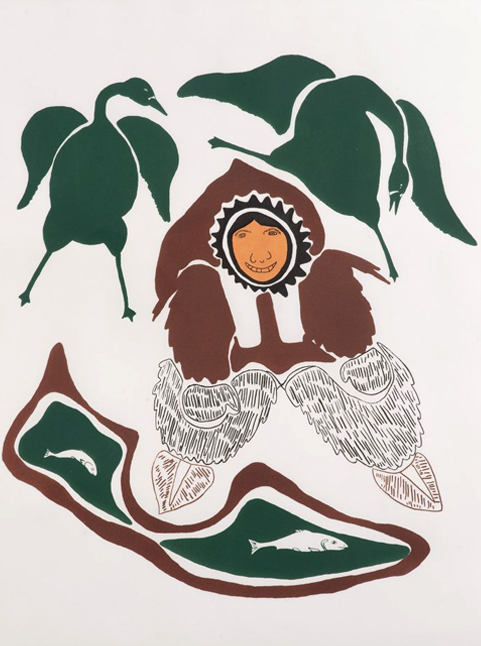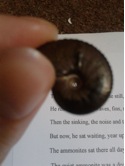First, catch yer fox with a gripping trap,
one made all of iron, with enough clickets
to hold her but not to crush her leg.
You will do well to bury it under an inch of snow,
put meat in, and meat juices about the place.
Many fur-bearing creatures make a go of it up here,
but fox is best for what we want, with her speed,
with her thick, thick white fur all over
and on her soles, too, her roundy body,
all upholstered for the cold. She go far north,
she do. She is bold and will take the trap.
I heard how one grabbed seal meat
from under the bonce of a midshipman,
right there, in his tent, a fool who guarded chow
by making it his pillow. They was all
blizzed in. He set off an ice quake
running after she, with his blubber toes
and his lost dreams of big heaps to eat.
You got your collar, we brung eight, will
use them all, good leather, fitted
to an English fox back home for size.
You got your engraving tools, so scribe
careful thus: HBMS ENTERPRISE WQ
(you won’t fit Winter Quarters in long)
LAT 71.35 N LONG 117.39 W XX XII 1851.
Grasp her by the scruff, don’t free her
from the trap till the collar’s on firm.
Watch her run, maybe with a wobble
in her gait from where the iron bit.
But it won’t bother her much
as she goes off and off, with her big eye,
and her empty guts, maybe a hundred
maybe more miles on a hunt and a flyer
with fur feet which make the snow and ice
just a game for her, though it do murder us.
From the Franklin cases at SPRI:
Fox Collar The area of the Franklin searches was vast and many tactics were used to send information on supply depots and rescue ships to any survivors. Eight Arctic foxes were fitted with inscribed collars and released in the hope that the missing men would read the message. The fox wearing this collar travelled over 120 km before its recapture in the winter of 1851-52. There is no evidence that Franklin’s men received any of this information.
















